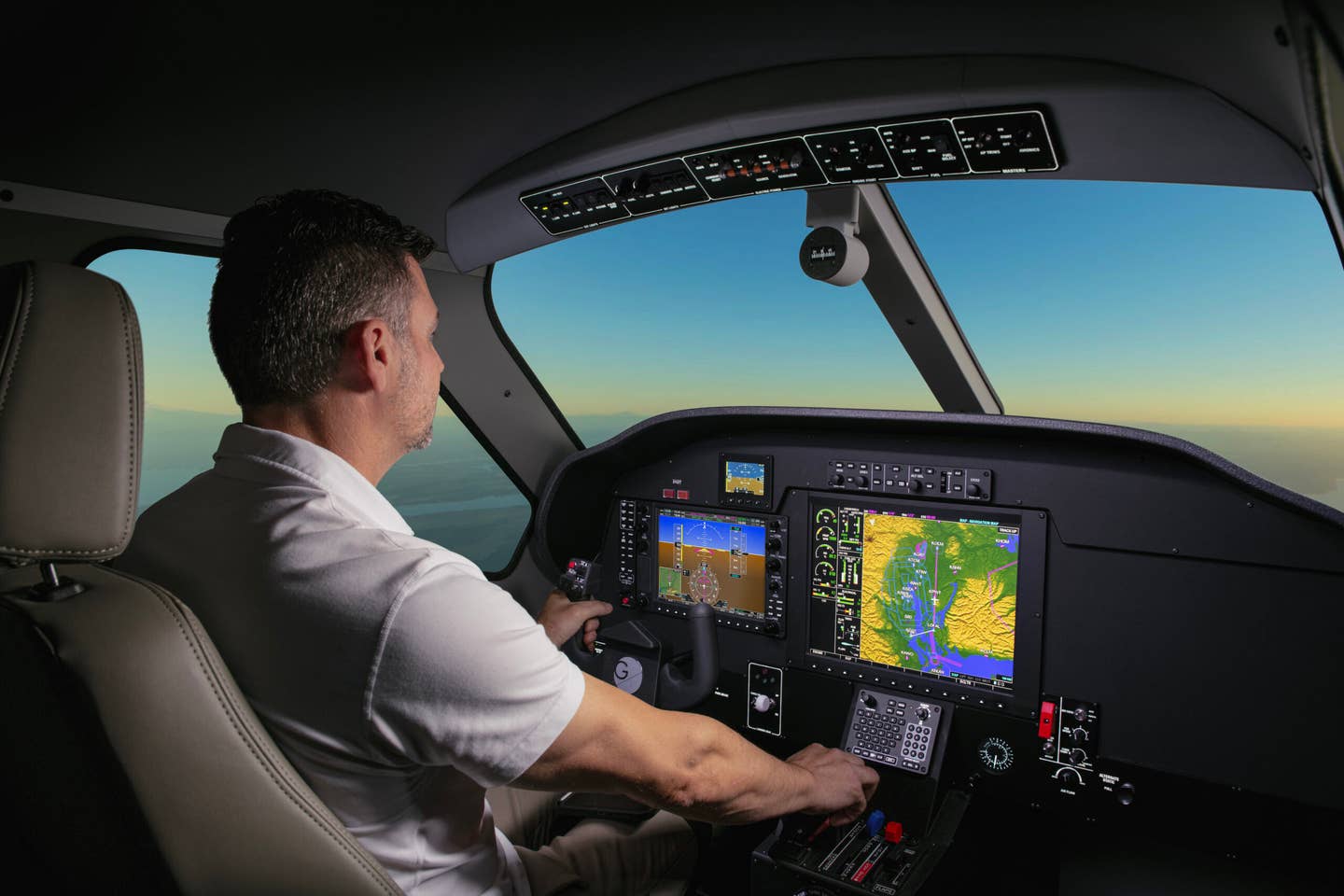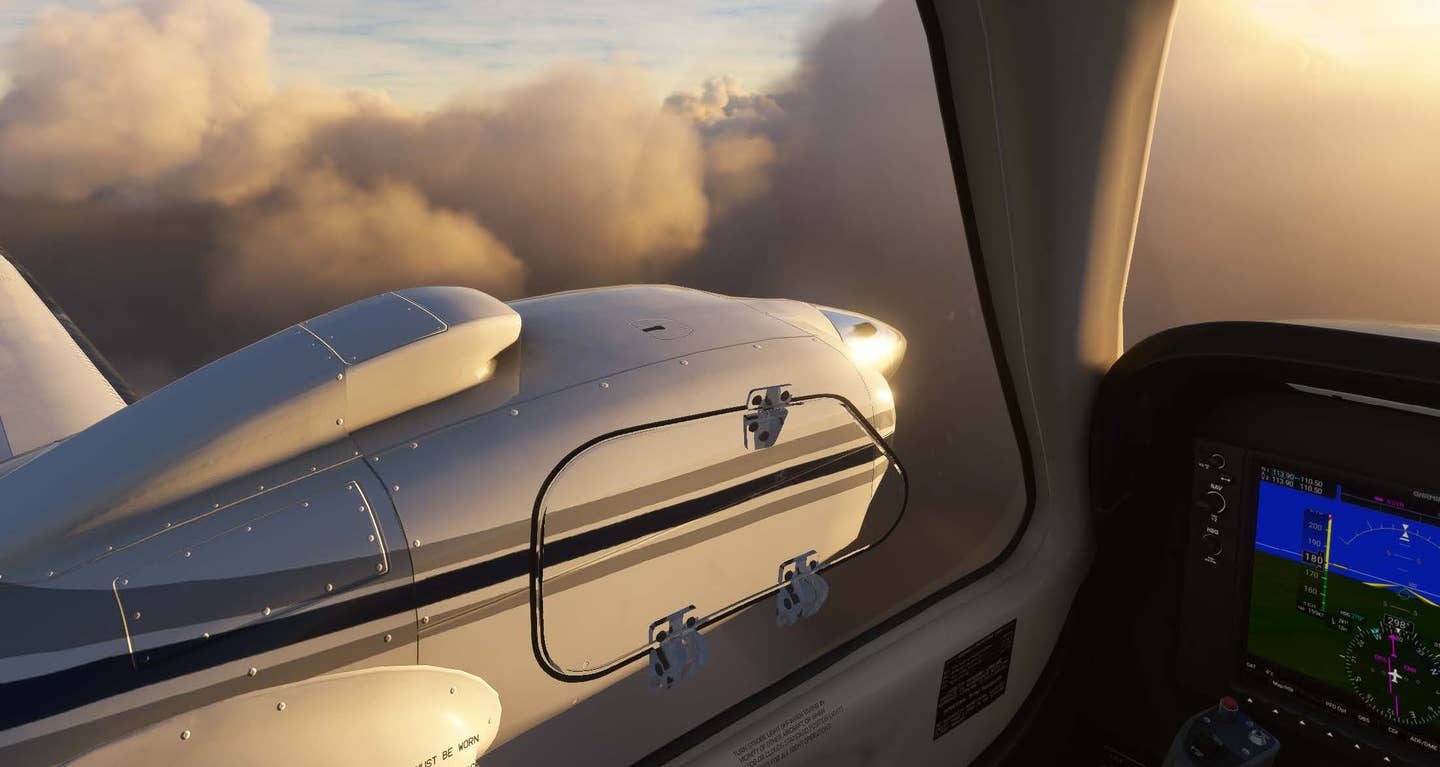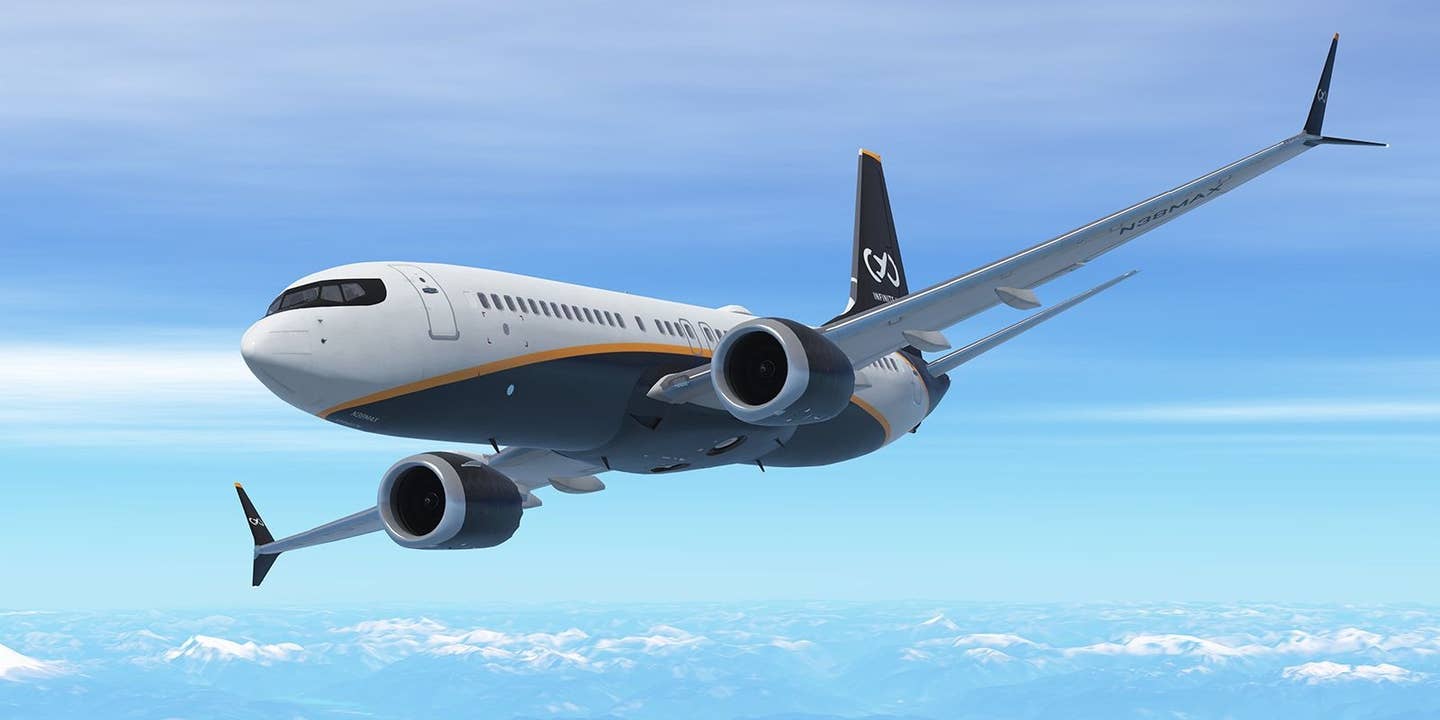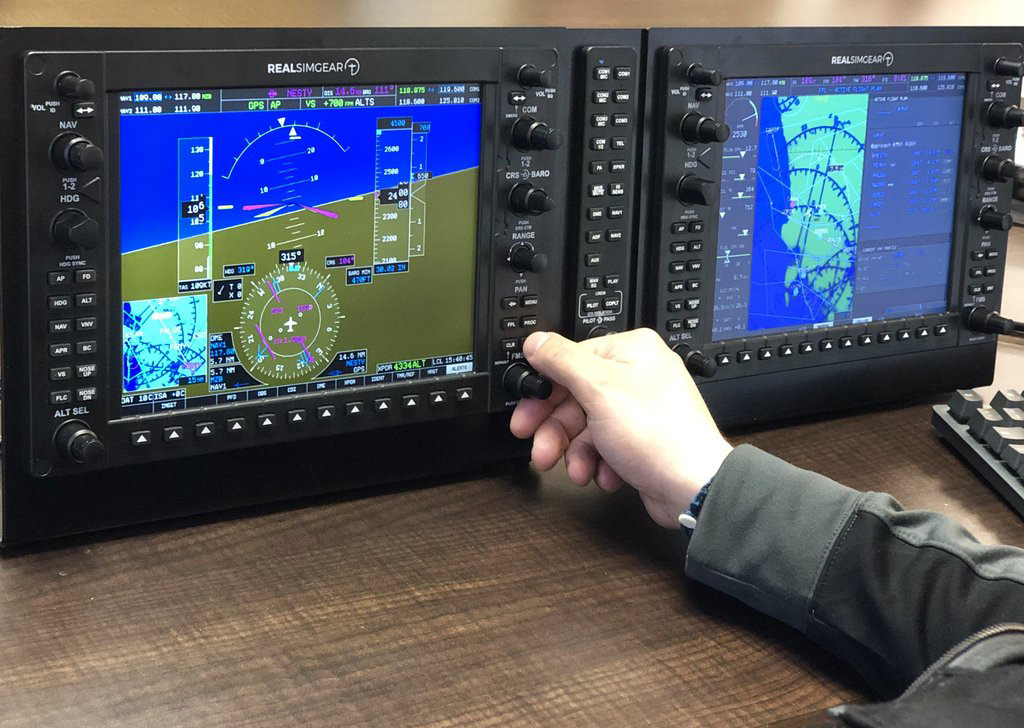Fly a DC-3, or ‘Spruce Goose’ in the New Microsoft Flight Simulator
The tech giant’s latest version takes advantage of gaming technology with scenery that may rival that of commercial flight simulators.
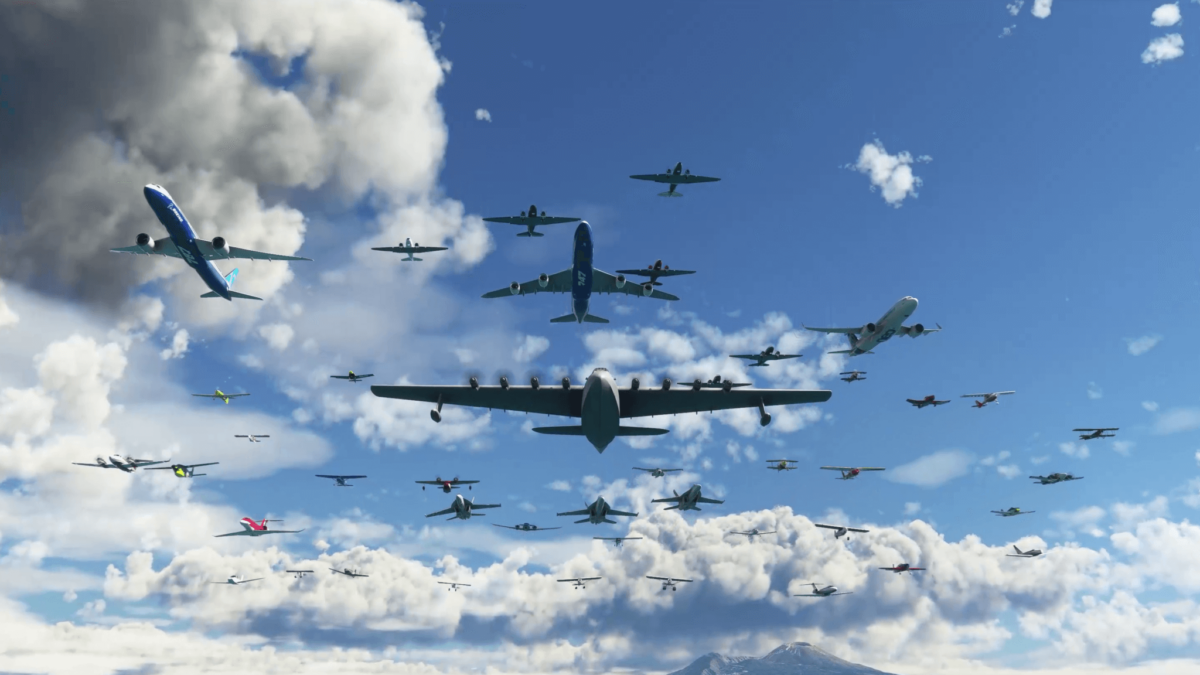
The 40th anniversary release includes a wide variety of virtual aircraft. [Courtesy: Microsoft]
Just in time for the holidays, Microsoft has released the 40th anniversary edition of its famed Flight Simulator flight sim program.
For many aviation enthusiasts, the new edition is not just another update of the company’s long-standing simulation program, but instead a celebration of virtual aviation’s past, present, and future.
The Microsoft Flight Simulator software program was first launched in 1977 when Bruce Artwick, a software engineer who founded Sublogic, created and developed the first iteration of the program. Two years later, the company released Flight Simulator for the Apple II. In 1982, Microsoft purchased licensing rights to that original software and officially launched the first iteration of Microsoft Flight Simulator 1.0 that same year.
Since that time, Microsoft has released updated versions of the program periodically. In 2012, the company decided to shelve product development after it faced intense criticism from users after launching Microsoft Flight, designed to replace the original simulator series. Microsoft’s franchise remained grounded until the company partnered with Asobo, a French video game developer known for video game versions of Pixar movies. That collaboration led to the release of Microsoft Flight Simulator 2020.
The long break between versions allowed the team to take advantage of substantial advancements in gaming technology. The result is flight simulation software that rivals (and even surpasses) scenery used in full-motion commercial flight simulators.
Marking 40 Years of Development
This latest release of Flight Simulator is chock full of features that appease new flight simmers—what those aficionados call themselves—and those loyal to the program since its beginnings. Every update comes with new virtual aircraft models to fly, but this time around, they’ve gone old school.
Seven historical aircraft are featured: the 1903 Wright Flyer, a 1915 Curtiss JN-4 Jenny, the 1927 Ryan NYP Spirit of St. Louis, a 1935 Douglas DC-3, a 1937 Grumman G-21 Goose, a 1947 de Havilland DHC-2 Beaver, and the famous 1947 Hughes H-4 Hercules Spruce Goose. Some of these (like the Jenny and Spirit of St. Louis) were featured in the 2004 release, while others are making their flight simulator debut with this latest version.
Aside from the new aircraft, Microsoft’s scenery brought an entirely new dimension to flight simming, including simulating the topography of the entire Earth using data from Bing Maps. Microsoft Azure's artificial intelligence (AI) generates three-dimensional representations of Earth's features, using cloud computing to render and enhance visuals. Combining these visual tools sets this software far ahead of its previous iterations.
Sharpening Virtual Flying Skills
When Microsoft and Asobo released the 2020 version of Flight Simulator, it provided some much-needed engagement for real-world pilots grounded at the height of the COVID-19 pandemic. The software’s advanced scenery and aerodynamic modeling allowed many frustrated aviators to practice their flying skills. Whether or not the flight time is loggable is another discussion. Either way, they could practice pilotage, instrument scanning, and radio navigation.
While flight simulators are not helpful for ground operations, like parking or taxiing an airplane, some flight training academies encourage pilots to improve their skills through home-based flight simulators. An example is a Melbourne, Australia-based flight school that has developed online training modules and recommends supplemental practice via Microsoft Flight Simulator 2020.
While there is no way to replace real turbulence and its bumps, skips, and jolts—and landing in a tabletop simulator does not provide the same depth perception as real-world pattern work—there are benefits to using the program. Occasional sim time engages neurons that fire after practicing checklists, following a road via VFR [visual flight rules] navigation, or maybe shooting an instrument approach or two.
Flight simmers can enjoy flying various aircraft, from jets to Jennys and sport aircraft to the Spruce Goose, they enjoy the immersive experience of flying virtual skies to destinations they may only dream of.

Sign-up for newsletters & special offers!
Get the latest FLYING stories & special offers delivered directly to your inbox

